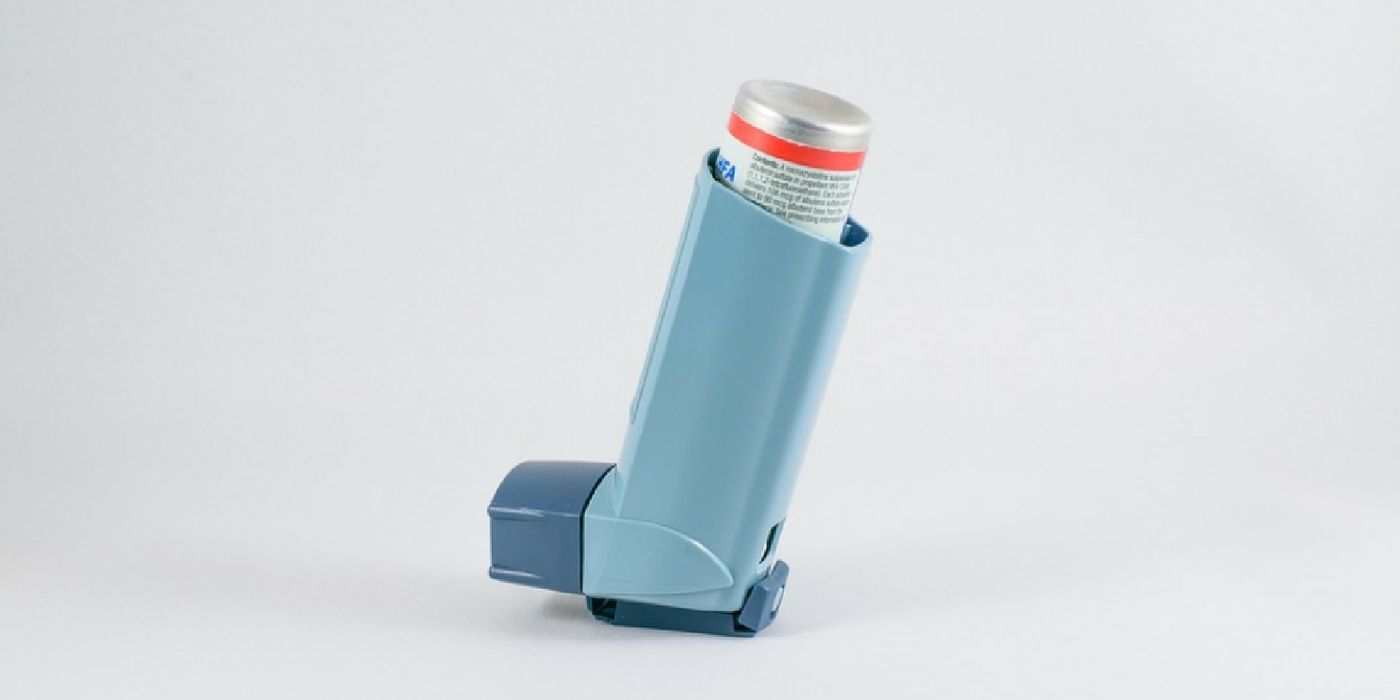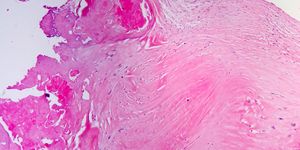Saliva Reveals Asthma Risks
Tests that aim to diagnose asthma in young children can often be highly stressful to both the child and the parents. Furthermore, the distress is compounded by the large margin of inaccuracy with the current available methods, most of which are not well suited for small children. But, patients could be on the road to a much less invasive and stressful asthma test that would only involve a spit sample. The test may also have the potential to diagnose the severity and prognosis of the disease – information that could guide treatment plants for the tiny patients.
In the U.S. alone, nearly 24 million Americans suffer from asthma. Of these, about a quarter (6.3 million) are children. Asthma is characterized by difficulty breathing, coughing, wheezing, and shortness of breath. The symptoms are usually brought on by certain allergens, such as tobacco smoke or dust, which irritate the airways.
With today’s medical innovations, patients with asthma learn how to prevent or manage their symptoms. Patients often carry inhalers (bronchodilators) that can provide quick short-term relief by relieving the swollen airways. Other treatments include anti-inflammatory drugs, such as inhaled corticosteroids, which work by dampening the body’s immune response to allergen triggers.
However, before patients can be treated for asthma, they must be appropriately diagnosed. Current tests include measuring the lung’s air capacity, or testing the body’s blood and urine for asthma biomarkers. While these methods may be amenable for most adults, it’s not so easy for young children and old people.
As such, a team from Loughborough University and Nottingham City Hospital in the United Kingdom asked whether asthma biomarkers may be reliably found in patient’s saliva. They used liquid chromatography-mass spectrometry to analyze saliva samples from asthma patients and compared that to healthy controls.
Indeed, saliva samples appear to show a unique metabolic profile for asthma patients. "Ten discriminant features were identified that distinguished between moderate asthma and healthy control samples with an overall recognition ability of 80 percent during training of the model and 97 percent for model cross-validation," the team wrote.
"Unlike other sampling methods, such as expired breath analysis, saliva can be collected by passive drool from the very young to the very old without causing distress,” said Colin Creaser, senior author of the study.
This means a simple cheek swab could provide all the information to diagnose asthma in even babies. Furthermore, the team noted the metabolic profile of the biomarkers could reveal the severity the disease and its progression. These valuable information could help doctors customize treatment plans for each asthma patient, making it more likely that they will have good outcomes. Of note, these results, promising as they may be for now, have to be repeated many more times in clinical trials.
Additional source: Loughborough University, CDC









